Phlebotomist recognition week celebrates phlebotomists’ vital role in maintaining patient health and promoting lab efficiency and effectiveness. They don’t just draw blood, they keep patients calm, ensure specimens are of the best quality. We appreciate the perseverance and skill of these important health care workers!
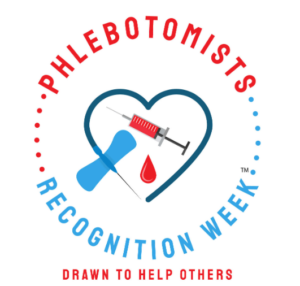
The work Phlebotomy comes from Greek and Latin language and We know phlebo- means “vein,” so what about the -tomy portion of the word? That’s right, -tomy refers to “cutting, incision,” from the Greek -tomia. Phlebotomy literally translates to “vein incision.”
There was also a diagram that showed what vein to cut for whatever Ailed you.
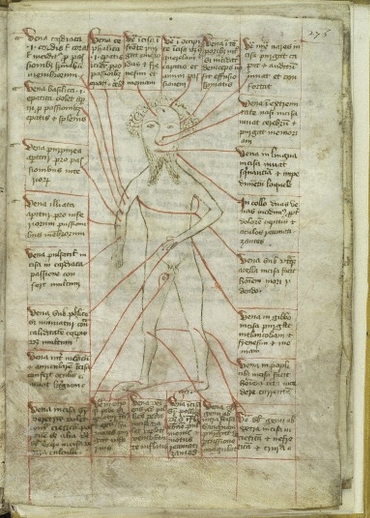
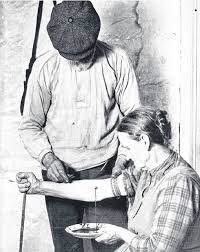
This is the procedure that use to be done called bloodletting using a fleam and a blood bowl.
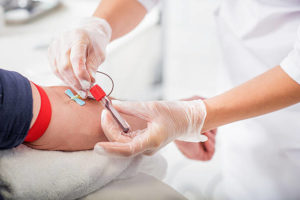
This is our current process of Phlebotomy using sterile Needles and blood collection tubes
A Phlebotomist is “one who practices phlebotomy, a blood-letter” and in ancient times they used an instrument called a Fleam which is sharp instrument for opening veins in bloodletting
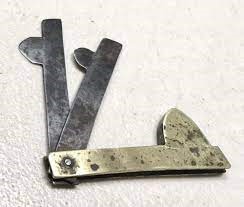
We have come a long way in Phlebotomy. Bloodletting is used today in the treatment of a few diseases, including hemochromatosis and polycythemia; however, these rare diseases were unknown and undiagnosable before the advent of scientific medicine. Bloodletting treatment can help to reduce the risk of cancer. Reducing the amount of iron from your body also improves your vascular health. Reduce the risk of a heart attack: Those who regularly donate blood are at less risk of heart issues.


